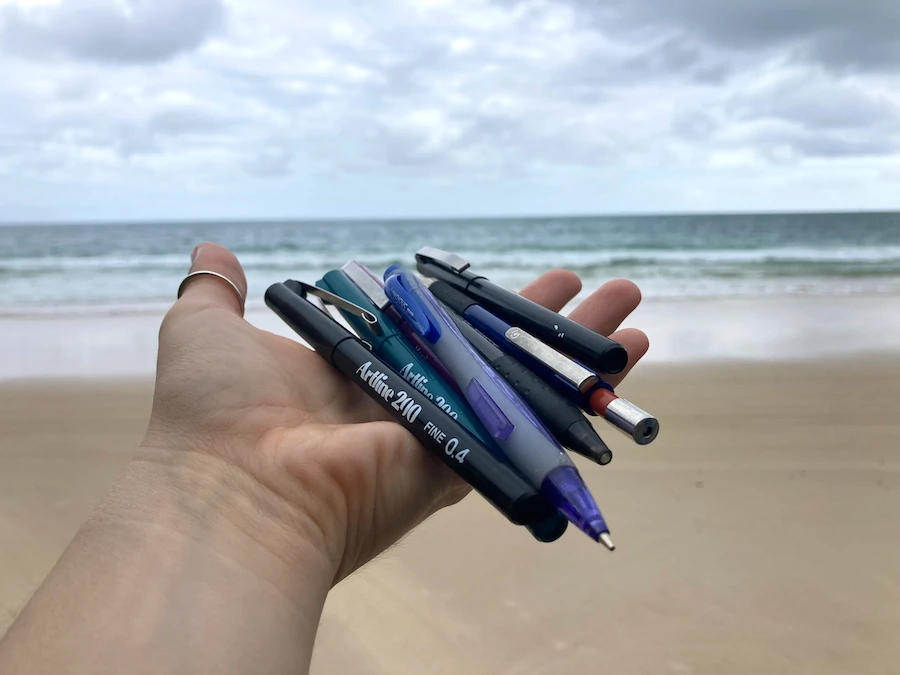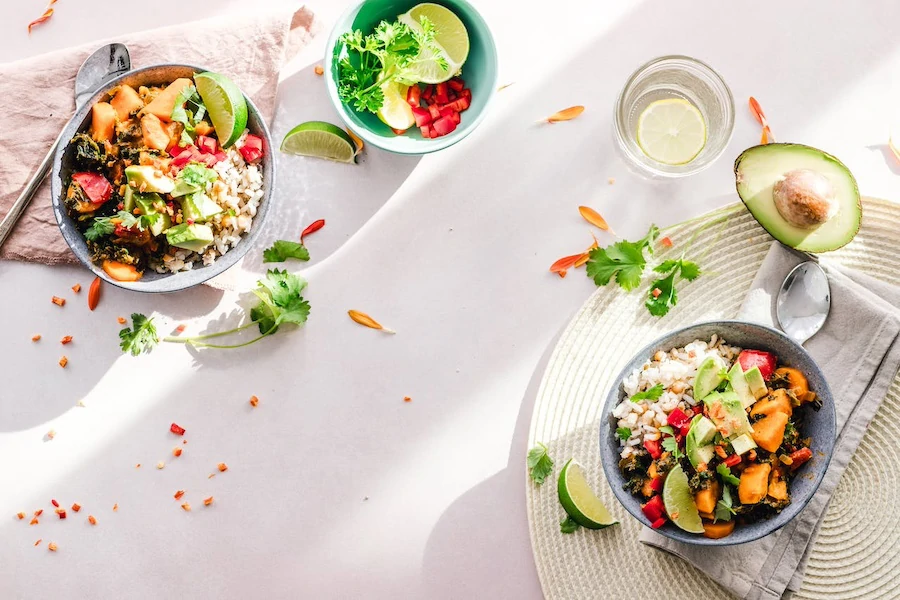The use of hemp is growing exponentially all over the world. This versatile plant is now being used for superfoods, oils, building materials, paper, bioplastics, biofuel, insulation, and fabric for clothing and bedsheets.
So, what is hemp fabric? Hemp fabric is a strong, highly durable, and eco-friendly material made from the fibers of the hemp plant.
Hemp fabric is considered by many as the ultra-eco-friendly material. Eco-consumers have taken a real liking to the material, and it’s now in high demand all across the world. This article looks at hemp fabric a little closer to see what all the fuss is about.
What Is Hemp?
Hemp is an extremely versatile plant that belongs to the Cannabis Sativa plant family. However, hemp has no psychoactive compounds like marijuana. Law enforcement over the last several decades has had a hard time telling the two apart.
As a result, we have been unable to utilize the full potential of the hemp plant only until recently. Laws surrounding hemp have been relaxed. Government and companies are now seeing the vast benefits of using hemp as a material.
Why Has Hemp Become so Popular as a Material?
One of the most significant issues we face as a planet is climate change. Our need to move towards more sustainable materials and production methods is vital in mitigating our impact on the environment.
Hemp is considered a highly sustainable material for several reasons and is now known by many as an “eco-material.”
Hemp Requires No Chemicals to Grow
Hemp is a “weed.” The plant has no issue with competition and will outgrow any local competition. Therefore, it requires no use of pesticides, herbicides, or fungicides to grow, unlike cotton or linen.
Hemp also returns 60-70% of the nutrients it takes back to the soil.
Hemp Doesn’t Require Much Water to Grow
Plants like cotton are renowned for their excessive use of water for cultivation. The use of large amounts of water has a detrimental effect on the local environment and the planet.
Hemp requires very little water to grow. In fact, hemp uses 50% less water per season than cotton. This doesn’t include the water used during processing. Cotton uses as much as four times the amount of water than hemp during production.
Unlike cotton, hemp requires much less land to cultivate. This allows hemp to create almost double the fiber yield per hectare when compared to cotton.
Hemp Has a Low Carbon Footprint
Hemp is one of nature’s great natural purifiers and does a great job at absorbing carbon from the atmosphere. It can remove 1.63 tons of C02 per ton of hemp. Much more than most other plants or trees.
Hemp also creates fewer greenhouse gas emissions during production when compared to cotton or linen.
When it comes to aftercare for hemp fabrics, it also has a lower impact on the planet. Hemp fabrics are always washed in cold water and on a low cycle.
Hemp fabrics are highly durable too. If taken care of, throughout their full lifetime, they can save a significant amount of energy and water when compared to alternative fabrics.
What Is Hemp Fabric?
Hemp fabric is made from the long strands of fiber taken from the stalks of the hemp plant. These fibers are then separated using a process called “retting.” The fibers are then spun together, which produces a thread that can be woven into hemp fabric.
This process can be done either naturally or with chemicals. Many companies opt for chemical processing because it is quicker and cheaper. Note that if hemp is processed chemically, the fabric is much less “eco-friendly” than you would hope.
Once the fabric is processed, it can be dyed. This further pushes the material away from its eco-friendly status.
It’s important when we buy hemp fabric that we choose a sustainable and organic source. We should also look for companies that have used natural processing techniques. If the fabric is dyed, we should look for companies that use the least impactful dyeing methods.
Hemp is a sustainable crop, but the processing of the fibers is not a clear-cut. It’s essential to do your own research into the company you’re buying the hemp fabric from and understand the production methods they have used.
How Is Hemp Fabric Made?
Depending on which company you choose to buy your hemp fabrics from, the production methods may vary. Here is the typical production method for creating hemp fabrics:
- Cultivation
- Harvesting
- Retting
- Breaking
- Scutching
- Hackling
- Roving
- Spinning
How Is Hemp Fabric Used?
The current primary use of hemp fabric is for clothing. Once only used by hippies who were fond of cannabis, clothing brands now realize the full potential of hemp as a fabric.
One quick search online for hemp clothing will produce a vast number of websites offering t-shirts, dresses, pajamas, skirts, pants, jackets, T-shirts, and hoodies all made from hemp.
Hemp is popular for t-shirts because of its high durability. Hemp t-shirts will not wear and tear as easily as cotton or polyester. Pajamas are also popular as hemp fabric is warm but breathable and antimicrobial.
Home textiles are also starting to use hemp. You can now find tablecloths, upholstery, towels, dish towels, and more all made from hemp fabric. Hemp fabric has a naturally high absorbability and drying rate, making it perfect for cleaning tools like dishcloths.
What Are The Benefits of Hemp Fabric?
Apart from the environmentally friendly benefits, hemp also has some excellent benefits for its users.
Strong and Durable
Cotton t-shirts are very prone to wear and tear, shrinking, and general damage. Hemp is a much stronger and durable alternative. If taken care of properly, your hemp fabrics will last for a year and provide you with strength throughout their lifetime.
Breathable
Hemp fabrics are very breathable, making them perfect for clothing such as t-shirts and pajamas. The hemp fibers are naturally moisture-wicking and antimicrobial too.
People who wear hemp clothing and use hemp bedsheets often report how their skin, quality of sleep, and comfort have improved.
UV Protectant
Even a thin layer of hemp clothing can help protect you from the sun’s harmful UV rays. This makes hemp clothing perfect for those living in hot climates or those in need of some new clothes for vacation.
Warm in Winter and Cool in Summer
Hemp is excellent at regulating your body temperature, making it the perfect material for bed sheets and clothing. The fabric will keep you nice and cozy during the winter months but nice and cool during summer.
Anyone who suffers from skin-related issues such as eczema or psoriasis will benefit from using hemp fabrics for their clothing and bedsheets.
Top Companies Selling Hemp Fabrics
Below is a list of the top three companies selling hemp products. Each is honest and transparent with their business.
Recreator
This company has a strong connection with its supply chain with a “seed to stitch” policy. This means they’re involved with their entire supply chain process from start to finish ensuring every aspect aligns with their company values.
Recreator works closely with both American and overseas producers to ensure that the best ecological procedures are being used for their garments.
Hempy’s
Hempy’s has also been in the hemp scene since the 90s. They’re committed to sustainable business throughout their supply chain, and every decision made considers the possible environmental impact.
Hempy’s are also big advocates of US hemp farms, believing that bringing back hemp production to the USA can further minimize the impact of hemp products on the planet.
Final Thoughts
Hemp has proven itself to be a worthy contender as an eco-material. If you’re looking for a strong, durable, comfortable, and ethical fabric, then hemp is a clear choice for many eco-consumers.
Always make sure you buy hemp from an organic source where possible and research into their production methods before buying.



